Wolverines are large members of the weasel, otter, and badger family Mustelidae. They are also known as “skunk bears,” “quickhatches,” “carcajous,” and “gluttons.” These famously ferocious carnivores look more like a miniature version of a bear than the other members of the Mustelid family. They are quite well-known for their cantankerous disposition, and attitude rivals that of a full-sized bear. Read on to learn about the wolverine.
Description of the Wolverine
As discussed above, wolverines are similar in appearance to a small bear. They are short and quite stocky, with wide bodies and stout legs. Their low center of gravity helps them climb through rugged terrain with ease. Fully grown, wolverines are about the size of a domestic dog, and weigh between 12-55 lbs. on average.
Their fur is thick and oily, giving it the ability to repel water and snow, keeping it from reaching the animal’s skin. They range in color from dark brown to a burnt orange, with their legs, back, and tail darker than their midsection.
Interesting Facts About the Wolverine
Wolverines are known for their impressive hunting skills in comparison to animals of similar size. They have been recorded hunting and killing prey much larger than themselves, and stealing food from much larger predators.
- The Nose, Knows! – These predators live in regions that can be incredibly unforgiving during the winter months. To survive such harsh conditions they have to be cunning and skilled. When searching for food, a wolverine’s keen nose can sniff out carrion buried as far as 20 ft. under the snow!
- K.A. “Glutton” – These mustelids aren’t simply called gluttons in passing, they are actually named for their gluttony! Their scientific name Gulo gulo stands for “glutton” in Latin. Eating until there is nothing left is likely an adaptation that helped these scavengers survive during tough times.
- Deadbeat Dads? – Studying these wide-ranging creatures can be difficult, and for a long time scientists believed that females cared for the young on their own. We now know that males actually visit their offspring frequently, and even care for them while their mother hunts for food.
- Diggers – When they are hunting down a meal, not much can stop a hungry wolverine. They are even skilled diggers, and can efficiently dig up tunnels to reach their prey. This flexibility helps them survive when food is scarce.
Habitat of the Wolverine
These mammals are kings of the cold! They are found in arctic tundras, alpine regions, and boreal forests in the northern hemisphere. These animals are frequently found in rocky and mountainous regions, and they are very skilled climbers. Some individuals have been spotted farther south in subarctic regions.
Distribution of the Wolverine
Wolverines are found across the Northern Hemisphere in arctic and subarctic regions. They are most common in Alaska, northern Canada, Fennoscandia, Siberia, other areas of Russia, Mongolia, and China. In recent times they have been found as far south as the northern United States. Some individuals have been spotted in Michigan, Idaho, Montana, Wyoming, Oregon, Washington, and California.
Diet of the Wolverine
Though they are impressive predators, most of the wolverine’s diet consists of carrion. They commonly steal the kills of other predators or feed when they have left. Prey killed by wolves is the most common carrion that they feed on. When they hunt, most of their kills are medium or small sized prey.
Some commonly captured prey species includes porcupines, rats, mice, squirrels, rabbits, beavers, voles, and lemmings. Some impressively large kills include deer, moose, elk, bison, sheep, and goats. Like most other predators, they will target injured, old, sick, or young individuals.
Wolverine and Human Interaction
Climate change is in impending threat to these mustelids. Prior to giving birth, females will create dens in the snow banks and rely on these dens until the young are weaned. Changing climate is altering the range of these animals because the snow is melting earlier and earlier in the season. These creatures also suffer from encroaching human development cutting into their habitat.
Sadly, wolverines are still trapped and killed for their fur and to reduce their numbers in certain areas. Their habit of eating anything they can get their paws on makes them considered a nuisance by most farmers.
Domestication
Wolverines have not been domesticated in any way.
Does the Wolverine Make a Good Pet
These predators are much more menacing than they look. Though they are small, they are fully capable of killing an adult elk. This means they would make short work of you when they are hungry! They would not make good pets.
Wolverine Care
In zoos, these wide ranging mammals are provided with plenty of space for exercise. They need adequate access to hiding places, as they can be quite shy. A good enclosure provides lots of climbing, tunneling, and environmental enrichment opportunities. Because they are such generalist feeders, different zoos have different diets for these carnivores.
Behavior of the Wolverine
Wolverines are solitary creatures, but will mate for life. They interact with one another to care for offspring, but still remain pseudo-solitary most of the time. A single male will mate with and visit multiple females, helping them care for their offspring. They patrol their territory, and visit the territories of their females to assist with their young and to reproduce when the females are viable.
Reproduction of the Wolverine
Female wolverines have a gestation period of 30 – 50 days, but they have delayed implantation. This means that they can wait until conditions are just perfect before they start “growing” their embryo. If food is scarce, they can simply choose to not produce a kit that year. If conditions are favorable, she will give birth to 2 – 3 kits. She will wean them off milk when they are 10 weeks old, and they will be fully grown at one year.



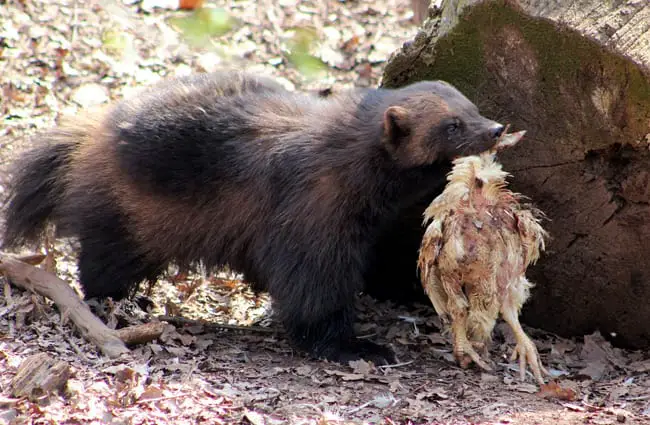
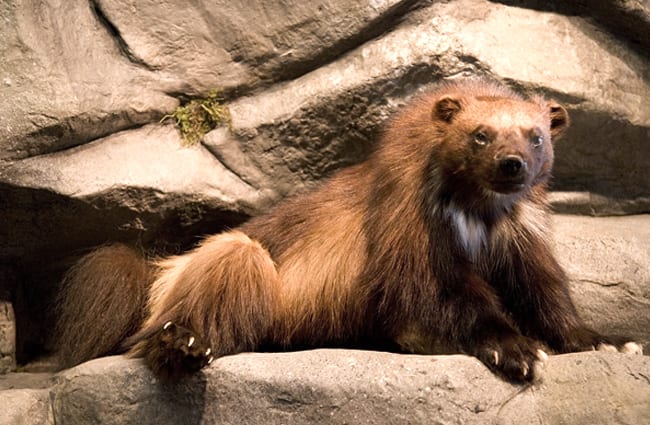
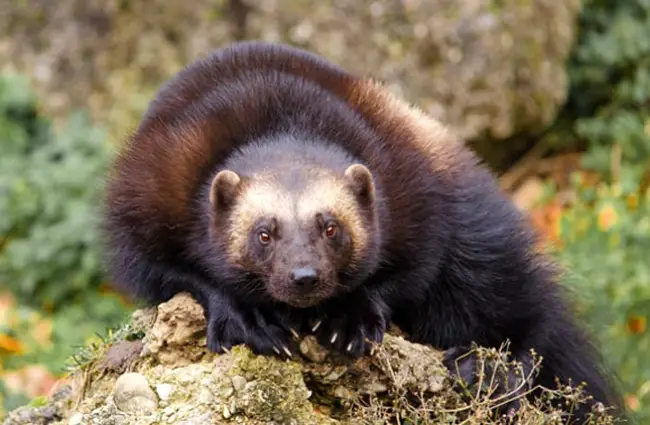
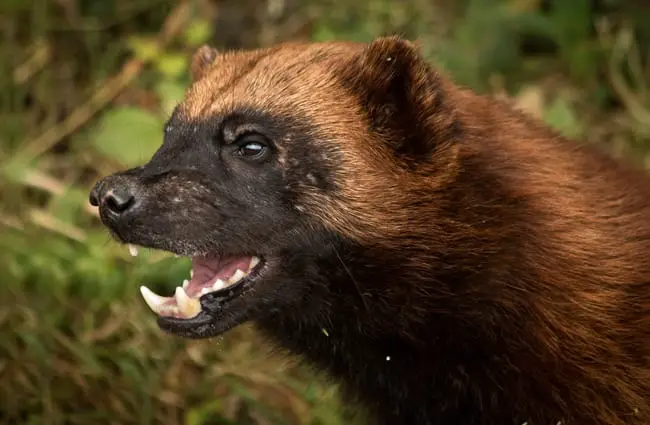
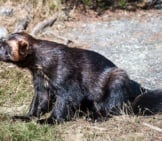
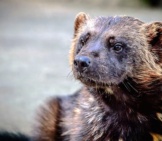
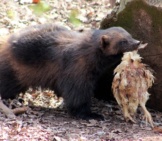


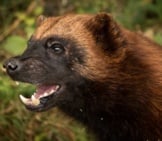
![Red Angus Closeup of a beautiful Red Angus cowPhoto by: U.S. Department of Agriculture [pubic domain]https://creativecommons.org/licenses/by/2.0/](https://animals.net/wp-content/uploads/2020/03/Red-Angus-4-238x178.jpg)












![Red Angus Closeup of a beautiful Red Angus cowPhoto by: U.S. Department of Agriculture [pubic domain]https://creativecommons.org/licenses/by/2.0/](https://animals.net/wp-content/uploads/2020/03/Red-Angus-4-100x75.jpg)

